NASA asteroid collision mission and its significance | Explained
Do you know why NASA smashed a spacecraft into an asteroid millions of kilometers away? Here’s all about NASA’s DART Mission.

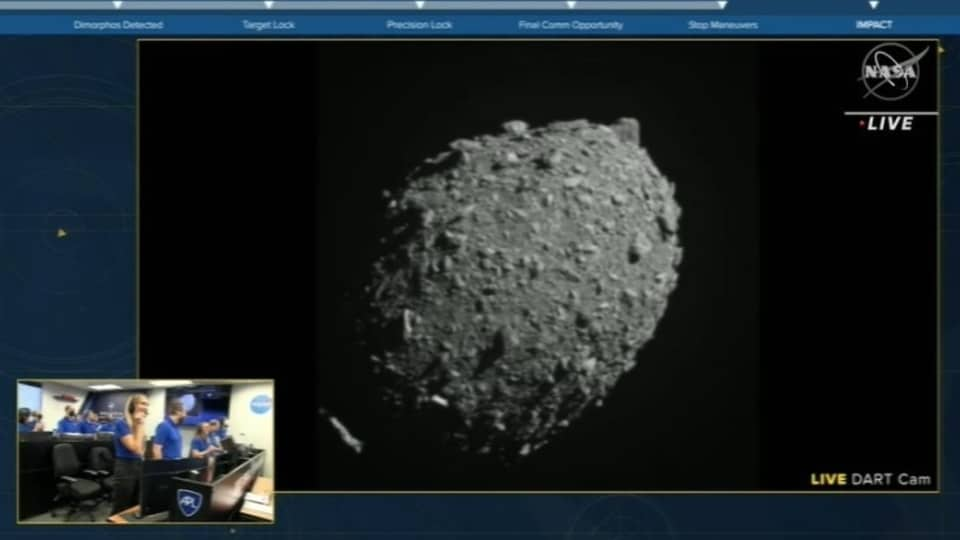
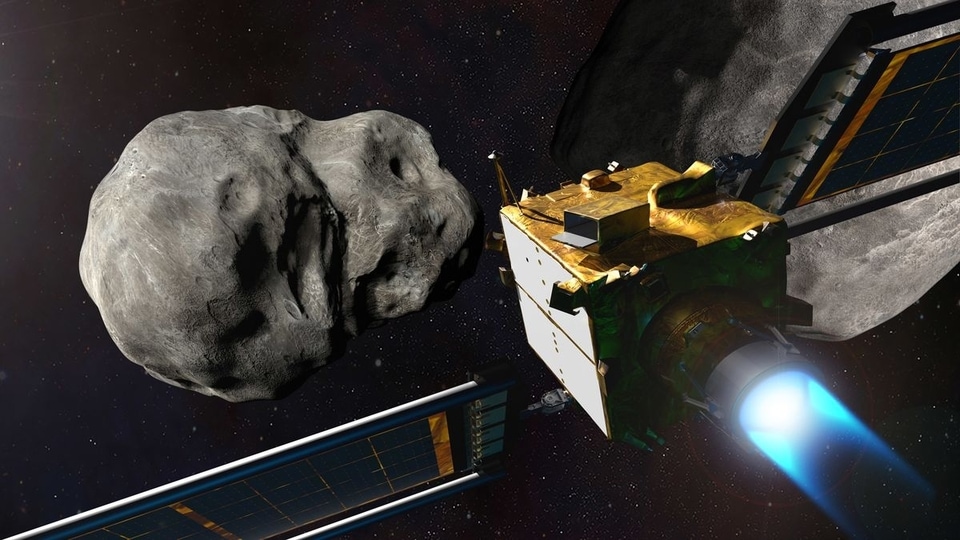
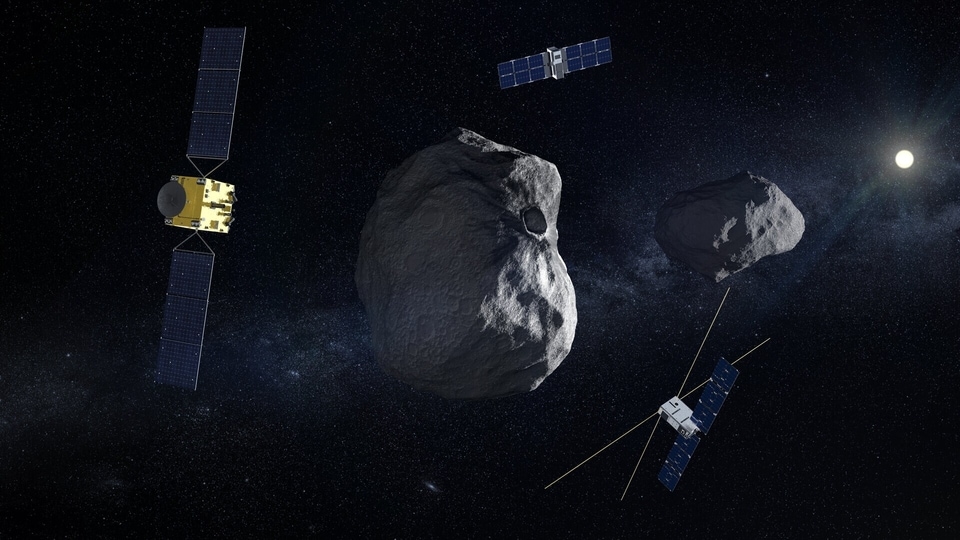
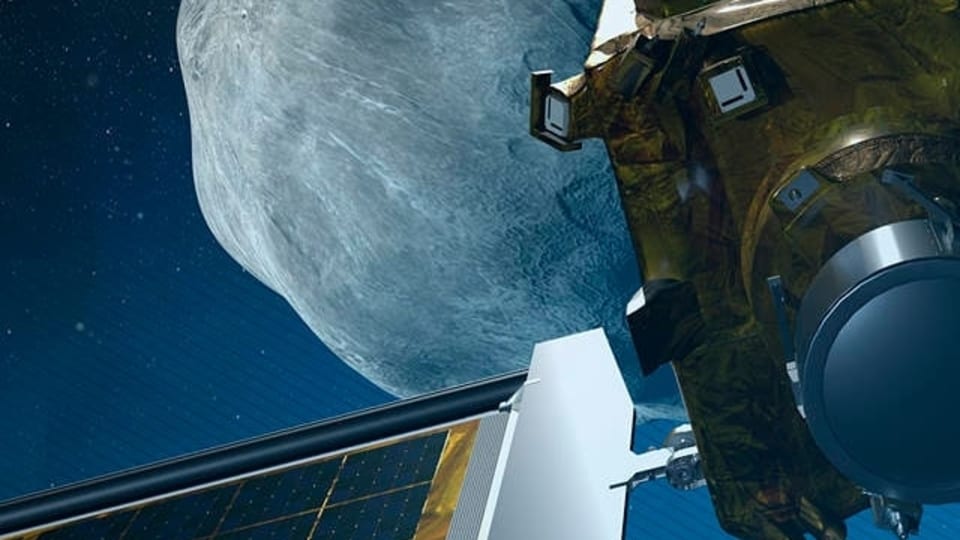
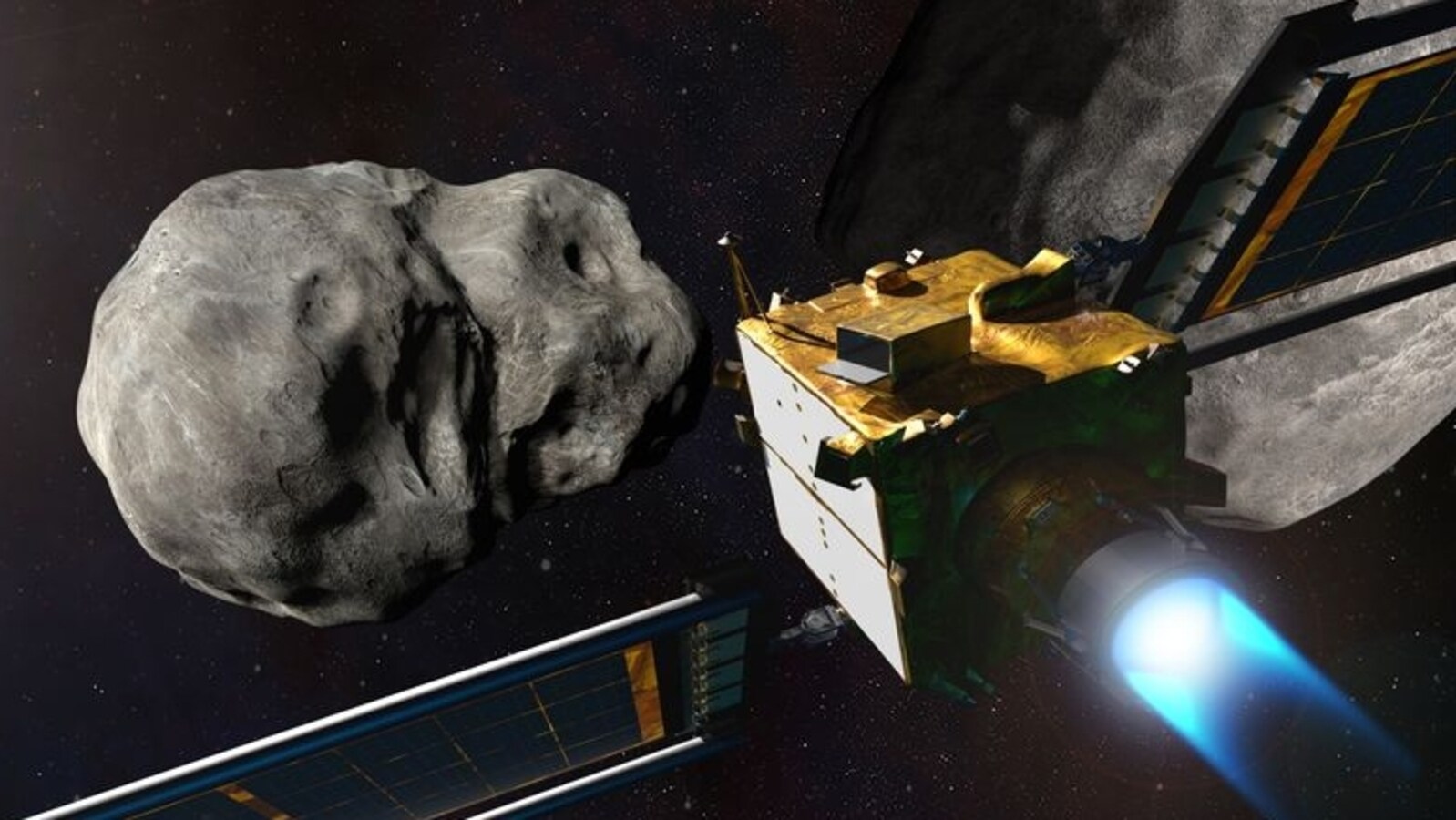
 View all Images
View all ImagesAfter months of anticipation, NASA finally conducted its first planetary defense test on September 26 at 7:14 p.m. EDT by smashing its spacecraft into an asteroid located millions of kilometers away. Now, asteroids are usually found orbiting the Sun in the main asteroid belt near Jupiter. NASA said its target asteroid did not pose any risk to Earth at all. Then why did the space agency spend hundreds of millions of dollars to smash a spacecraft into the asteroid? What is NASA's DART Mission and what does the space agency aim to achieve by colliding its spacecraft with a space rock?
NASA's DART Mission
You might wonder what would happen if any of the asteroids, which make close approaches to Earth on a daily basis, actually hit our planet some day. Well, NASA has already made preparations for that. NASA's DART Mission is a plan to potentially defend the planet against a very similar threat that is posed by asteroids.
NASA's DART Mission is a nearly $330 million first step to protect the planet against potential asteroid impact. The aim of the Double Asteroid Detection Test or DART test was to smash a spacecraft into the Dimorphos asteroid to deflect it away from its path. In fact, there are two asteroids involved. According to NASA, Dimorphos is an asteroid moonlet at a whopping 530 feet in width, which orbits a much larger asteroid called Didymos. It is a monster, nearly 5 times its size.
Didymos Reconnaissance and Asteroid Camera for Optical navigation (DRACO) along with Small-body Maneuvering Autonomous Real Time Navigation (SMART Nav) algorithms aboard the DART spacecraft allowed it to distinguish between the larger Didymos and its target Dimorphos, striking the asteroid with precision, according to NASA.
While this asteroid in no way threatened Earth, this was an experiment to gain greater knowledge about what happens when a craft is crashed against a space rock. This knowledge will be used if an actual asteroid threatens to crash against the Earth. It will help avert an Armageddon on Earth and perhaps, even save humanity from extinction.
How was the collision captured?
NASA's first planetary defense attempt was captured through cameras of a small companion satellite which was ejected from the DART spacecraft and followed it, 3 minutes behind, to the target asteroid Dimorphos. The spacecraft's camera is named cubeSAT LICIACube (Light Italian CubeSat for Imaging Asteroids). The cubeSAT is made up of two key components, LUKE (LICIACube Unit Key Explorer) and LEIA (LICIACube Explorer Imaging for Asteroid), both of which capture key data from the collision.
Was the mission a success?
While the asteroid collision was successful, there is no clarity as yet whether the asteroid was actually deflected. For that, we will need to wait and check the data over the next few weeks. That work has been assigned to a number of other technologically empowered spacecraft that have been sent to the spot to track the asteroid, including by the European Space Agency.
European Space Agency's Hera spacecraft will observe the impact caused by the collision of DART spacecraft and Dimorphos asteroid. The space agency has already launched its Hera spacecraft which will travel to the same asteroid to observe the impact. According to ESA's blog, the Hera spacecraft will fly to the asteroid to survey the aftermath of impact and gather information such as the size of impact crater, the mass of the asteroid and its make-up and internal structure.
Catch all the Latest Tech News, Mobile News, Laptop News, Gaming news, Wearables News , How To News, also keep up with us on Whatsapp channel,Twitter, Facebook, Google News, and Instagram. For our latest videos, subscribe to our YouTube channel.





























